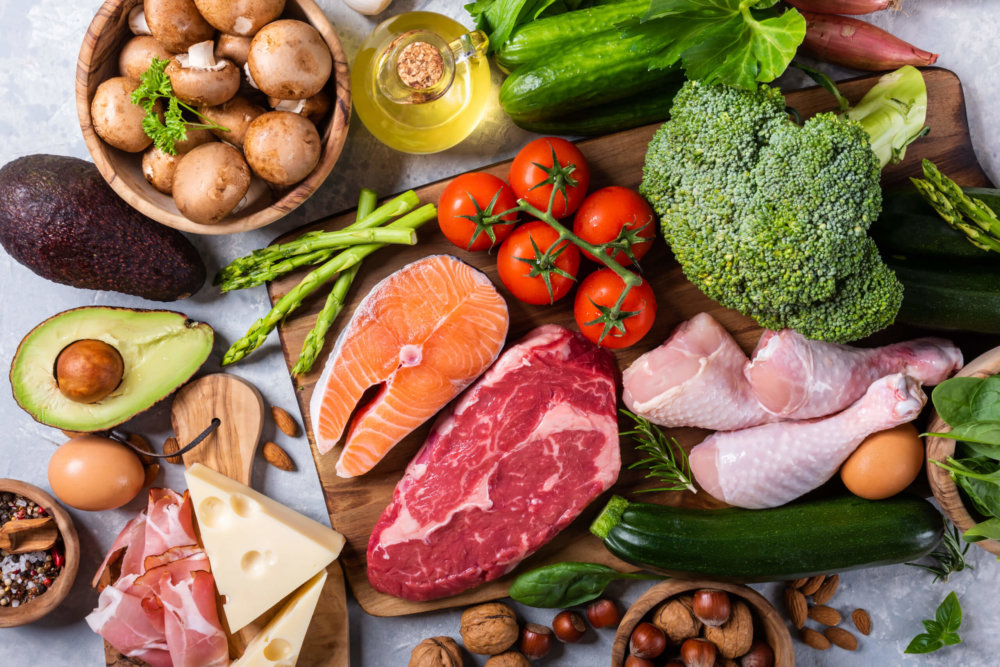The Greatest Guide To How to Start a Keto Diet Free Course & Free 7 Day Meal Plan

The Of Keto Diet - Basics, FAQs and Top Tips for Keto Success - Keto
It likewise turns fat into ketones in the liver, which can supply energy for the brain (). Ketogenic diets can cause significant decreases in blood sugar level and insulin levels. This, in addition to the increased ketones, has some health benefits (,, ). The keto diet is a low carb, high fat diet plan.

Rx Wt Loss epi 5 h : KETO DIET - Basics, Effects, Safety, Yoyo effect & Review - Dr.EDUCATION - YouTube
There are a number of variations of the ketogenic diet plan, consisting of: This is a really low carb, moderate protein and high fat diet plan. It generally consists of 70% fat, 20% protein, and only 10% carbohydrates (). This diet plan involves periods of higher carbohydrate refeeds, such as 5 ketogenic days followed by 2 high carb days.

A Ketogenic Diet for Beginners: The #1 Keto Guide - Diet Doctor
All About Keto Diet Guide Recipes - Sweetashoney - SaH - Sweet As

This resembles a basic ketogenic diet plan, but includes more protein. The ratio is typically 60% fat, 35% protein, and 5% carbs. Nevertheless, only the standard and high protein ketogenic diets have actually been studied extensively. Go Here For the Details or targeted ketogenic diets are more advanced techniques and mainly used by bodybuilders or professional athletes.

The Basics of the Ketogenic Diet E-Book Keto Quiz & Shopping - Etsy
There are several variations of the keto diet plan. The standard (SKD) version is the most researched and many recommended.Ketosis is a metabolic state in which your body utilizes fat for fuel instead of carbs. It takes place when you substantially reduce your consumption of carbohydrates, limiting your body's supply of glucose(sugar), which is the main source of energy for the cells. Typically, this includes restricting carb intake to around 20 to 50 grams daily and filling on fats, such as meat, fish, eggs, nuts, and healthy oils( ). It's also essential to moderate your protein usage. This is due to the fact that protein can be converted into glucose if consumed in high quantities, which might slow your transition into ketosis (). There are several kinds of periodic fasting, however the most common method includes restricting food intake to around 8 hours daily and fasting for the staying 16 hours( ). Blood, urine, and breath tests are available, which can help determine whether you've gone into ketosis by measuring the amount of ketones produced by your body.Certain signs might also indicate that you have actually gotten in ketosis, including increased thirst, dry mouth, regular urination, and reduced hunger or cravings(). One review of 13 studies found that following a very low carbohydrate, ketogenic diet was somewhat more effective for long-lasting weight reduction than a low fat diet.
